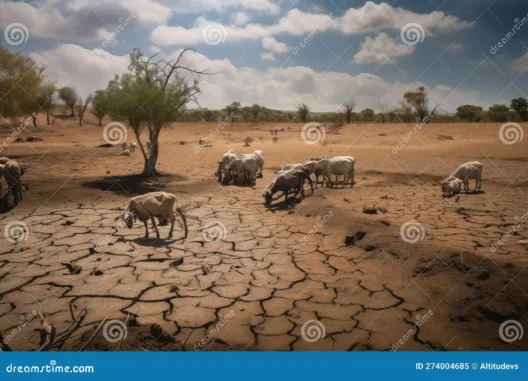Göbekli Tepe, an archaeological marvel located in southeastern Turkey, is often celebrated as one of the oldest known temples in human history. Predating Stonehenge and the Pyramids of Giza, this site offers critical insights into the lives and beliefs of our ancient ancestors. However, as we explore the significance and architecture of Göbekli Tepe, one fundamental question emerges: what was the climate like during its construction, approximately 12,000 years ago? Understanding the ancient weather patterns not only sheds light on daily life but also poses an intriguing challenge—how did a prehistoric society adapt and thrive in a climate vastly different from today’s conditions?
Initially, it is essential to establish a contextual framework for Göbekli Tepe’s environment. During the Pre-Pottery Neolithic period, when this complex was erected, the landscape of the region would have undergone significant climatic fluctuations. The transitional phase from the last Ice Age brought about myriad changes, characterized by a gradual warming that significantly influenced the flora and fauna. The landscape was likely more lush and verdant compared to the arid conditions of modern southern Turkey.
The ancient climate is believed to have been semi-arid with considerable rainfall, particularly in the spring and fall. Such meteorological conditions would have facilitated a diverse ecosystem where various species could thrive. Pollen analysis from ancient sediments indicates an abundance of wild grasses, accompanied by a plethora of herbs and trees, including oak, juniper, and pistachio. This ecosystem not only provided sustenance for human populations but also offered vital resources for constructing monumental structures.
One remarkable feature of Göbekli Tepe is its megalithic pillars, some weighing up to 15 tons. Yet, the presence of these massive stones raises an important question regarding logistical capabilities and materials. The population surrounding Göbekli Tepe would have relied heavily on the availability of suitable building materials influenced by climatic conditions. With the region’s rich biodiversity, it is likely that humans constructed their monolithic architecture from locally sourced limestone and sandstone. The extraction and transportation of these materials would have required a profound understanding of environmental factors, showcasing an early instance of engineering acumen.
Moreover, the semi-arid climate coupled with the seasonal rains would have dictated agricultural practices. Early inhabitants might have engaged in a combination of foraging and primitive agriculture, with emmer wheat and barley emerging as central crops. The cultivation of these grains would have necessitated an understanding of seasonal cycles, predicting rainfall patterns, and managing irrigation techniques in a time when such methods were in their infancy.
Contrary to the assumption that a predominantly hunter-gatherer society could not produce such monumental sites amidst uncertain weather, Göbekli Tepe serves as evidence that indigenous populations were incredibly adept at communication and collaboration. Seasonal gatherings, perhaps stimulated by climatic changes, could have allowed these groups to pool resources and expertise, culminating in the creation of a site that served both spiritual and social functions. This communal effort reflects the intricate relationship between climate, societal structure, and spiritual life.
As excavations at Göbekli Tepe continue to reveal more about this ancient society, one wonders about the potential adversities they faced. What challenges arose when weather patterns became unpredictable? Did prolonged droughts or disastrous storms thwart their agricultural practices? Such conditions would surely have forced the inhabitants to adapt in considerable ways, possibly leading them to alternate methods of food production or migratory patterns.
Additionally, the emerging climate dynamics would have been critical in shaping the belief systems and rituals conducted at Göbekli Tepe. The unpredictability of weather could have fostered a deep reverence for nature, leading people to create elaborate religious structures as an homage to deities that governed rain and fertility. The extravagant carvings and symbols found at the site suggest a vibrant spiritual life intertwined with their celestial expectations, representing humanity’s eternal quest for understanding and control over their environment.
In conclusion, the ancient climate of Göbekli Tepe poses significant implications for understanding the dynamics of early human civilization. This prehistoric site emerges not merely as an architectural wonder but as a symbol of resilience and adaptation amid climatic adversities. By examining the environmental conditions that enveloped Göbekli Tepe during its prime, we unravel the intricate relationship between climate, society, and spiritual expression in one of Earth’s cradle of civilization. As we continue to explore this intriguing intersection, we are reminded of the delicate balance that cultures must maintain with their environment—a lesson that remains relevant as we confront our modern ecological challenges.






